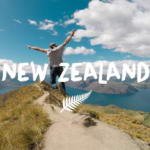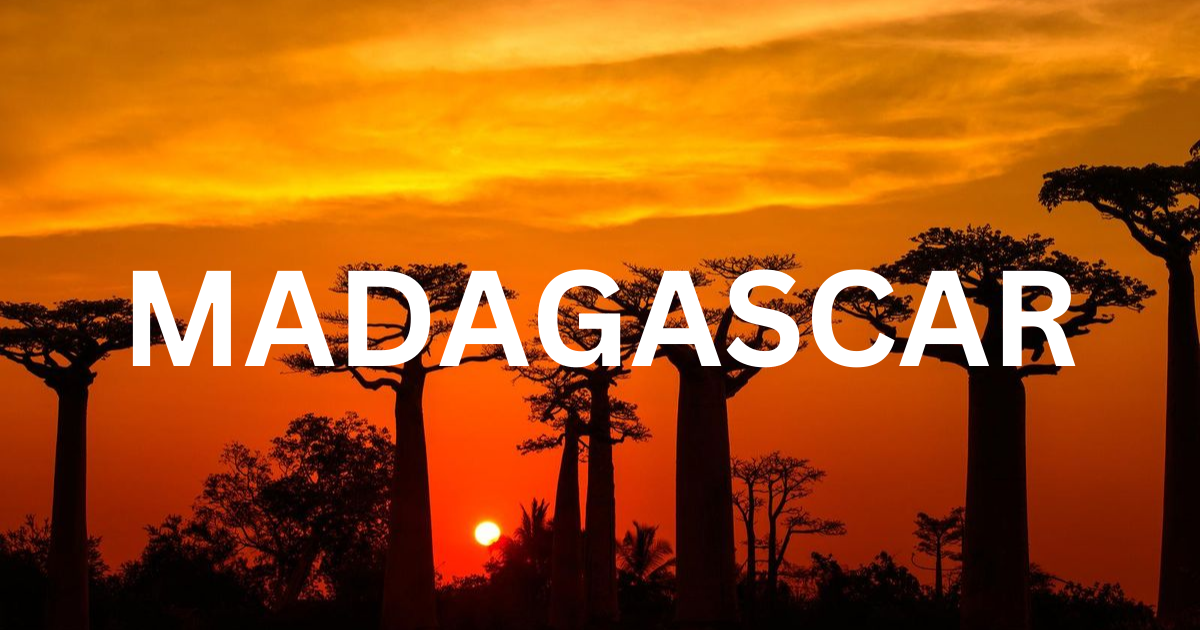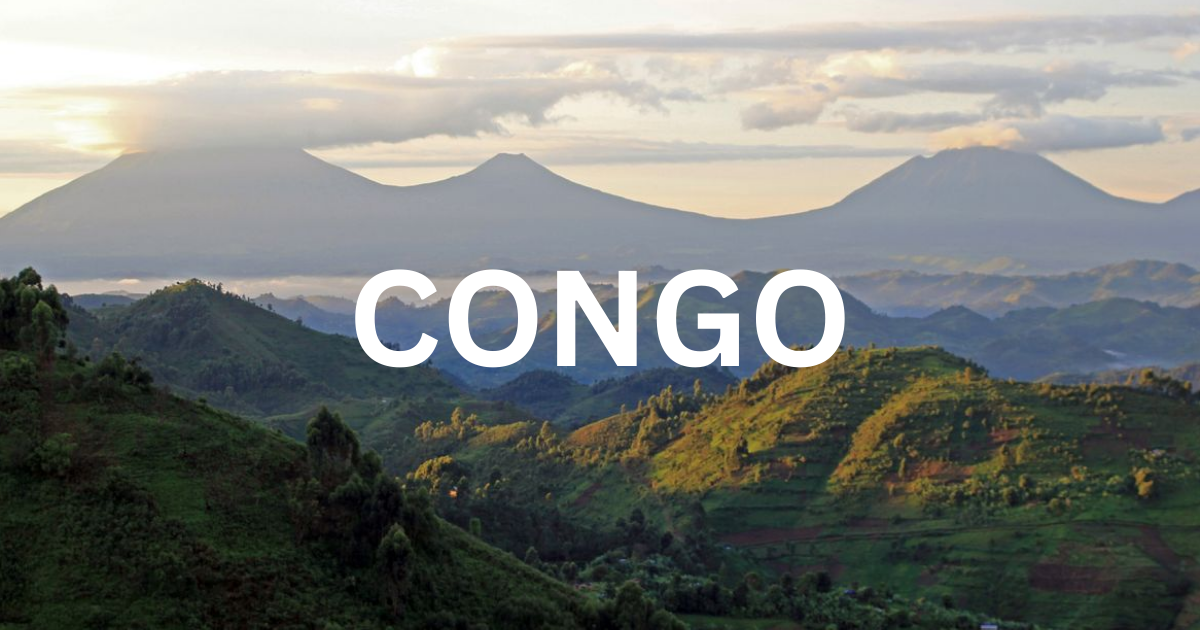Quốc đảo New Zealand xinh đẹp được mệnh danh là thiên đường thu nhỏ trên mặt đất. Nơi đây có sức hút mạnh mẽ đối với du khách từ khắp nơi trên thế giới tìm về. Đến với xứ sở kiwi bạn sẽ bắt gặp những điều đặc biệt thú vị chỉ có ở đất nước này. Cùng A+ English khám phá những điều cần biết về New Zealand các bạn nhé!
Nội dung chính
1. Vị trí địa lí
New Zealand nằm cách khoảng 2000km về phía đông của Úc qua biển Tasman và cách khoảng 1.000 km về phía nam của các đảo Nouvelle-Calédonie, Fiji, và Tonga.

New Zealand tọa lạc lân cận trung tâm của thủy bán cầu, gồm hai đảo chính và một số đảo nhỏ hơn. Hai đảo chính là đảo Bắc và đảo Nam tách biệt nhau qua eo biển Cook rộng 22 km tại điểm đẹp nhất. Trong số các đảo nhỏ, năm đảo lớn nhất có cư dân là đảo Stewart, Chatham, Great Barrier, d’Urville và Waiheke. Các đảo của New Zealand nằm giữa các vĩ độ 29° và 53°Nam, và các kinh độ 165° và 176°Đông.
New Zealand nằm dọc theo trục bắc-đông bắc dài trên 1600km, với chiều rộng tối đa là 400km, với đường bờ biển dài khoảng 15.000 km (9.300 dặm) và tổng diện tích đất là 268.000 km².
Đảo Nam là đại lục lớn nhất của New Zealand và là đảo lớn thứ 12 trên thế giới.
Thủ đô: Wellington
Thành phố lớn nhất: Auckland
2. Dân số
Dân số hiện tại của New Zealand là 4.857.412 người vào ngày 31/05/2021 theo số liệu mới nhất từ Liên Hợp Quốc. New Zealand hiện chiếm 0,06% dân số thế giới. New Zealand đang đứng thứ 126 trên thế giới trong bảng xếp hạng dân số các nước và vùng lãnh thổ. Mật độ dân số của New Zealand là 18 người/km2. Với tổng diện tích đất là 263.884 km2. 86,70% dân số sống ở thành thị (4.180.828 người vào năm 2019). Độ tuổi trung bình ở New Zealand là 38,2 tuổi.
3. Kinh tế
GDP của nước này có giá trị 123 tỷ USD trong năm 2011, đứng thứ 65 trong số các nền kinh tế thế giới.
Các ngành công nghiệp chính là nông nghiệp và du lịch, và họ chỉ có ngành sản xuất và công nghệ nhỏ. Do đó, nhập khẩu từ các nước khác bao gồm chủ yếu là các máy móc, thiết bị, phương tiện, và các sản phẩm điện tử. Kể từ khi đất nước này đã loại bỏ nhiều rào cản đối với đầu tư nước ngoài, Ngân hàng Thế giới đã ca ngợi New Zealand là một trong những quốc gia kinh doanh thân thiện nhất trên thế giới, tiếp theo là Singapore.
Hoạt động kinh tế của họ phần lớn phụ thuộc vào thương mại, chủ yếu là với Australia, Nhật Bản, và chú Sam (Mỹ). Đó là một nền kinh tế dựa vào xuất khẩu, với kim ngạch xuất khẩu chính như quặng, kim loại và lông chiếm một phần ba GDP của nó. Nó cũng xuất khẩu nhiều gia súc và các sản phẩm từ sữa.
Là quốc gia phụ thuộc lớn vào thương mại. Nước này xuất nhập quặng kim loại, lông, thực phẩm ví dụ như các loại thực phẩm từ sữa ra Sau đó nhập khẩu về máy móc thiết bị các sản phẩm điện và nhiên liệu. Vì vậy giá trị hàng hóa sẽ ảnh hưởng rất lớn đến nền kinh tế của New Zealand.
4. Khí hậu
- New Zealand có khí hậu ôn đới vào mùa đông, ẩm ướt vào mùa hè ấm và khô. Các mùa ở đây ngược với mùa ở Bắc bán cầu. Tháng nóng nhất vào tháng giêng, nhiệt độ trung bình cao nhất đã là 26 độ, ở cực Bắc và cực nam là 19 độ. Nhiệt độ trung bình 3 ngày thay đổi từ 10 độ C đến 15 độ C. Tháng 7 là tháng mạnh nhất
- Đảo Nam thời tiết lạnh hơn nhiệt độ trung bình vào mùa hè là 15 độ C.và mùa đông là 6 độ C.
- Lượng mưa ở đây cũng lớn hơn so với Đảo Bắc do ảnh hưởng của núi Southern Alps .
- New Zealand trải qua ô nhiễm không khí tương đối ít so với nhiều quốc gia khác. Lớp ozone cũng ít hơn, khiến cường độ tia UV luôn ở mức độ mạnh, thậm chí rất mạnh. Trong khoảng từ tháng 9 đến tháng 4 năm sau, ánh nắng từ 10 giờ sáng đến 4 giờ chiều có thể gây bỏng da.
5. Ngôn ngữ
- Tiếng Anh là ngôn ngữ chiếm ưu thế tại New Zealand, được 96,1% cư dân nói. Tiếng Anh New Zealand tương đồng với tiếng Anh Úc và nhiều người Anh ngữ đến từ Bắc Bán cầu gặp khó khăn với trọng âm. Khác biệt nổi bật nhất giữa tiếng Anh New Zealand và các phương ngôn tiếng Anh khác là các biến đổi trong tiền nguyên âm ngắn: âm “i”- ngắn (như trong “kit”) tập trung hướng về âm schwa (“a” trong “comma” và “abbott”); âm “e” ngắn (như trong “dress”) biến đổi hướng đến âm “i”- ngắn; và âm “a”- ngắn (như trong “trap”) biến đổi thành âm “e”- ngắn.
6. Lịch sử
- Những người đầu tiên sinh sống ở New Zealand là người Maori đến từ vùng Polynesia khoảng 1300 năm sau Công nguyên. Họ sống theo bộ lạc với nghề làm vườn, bắt chim, cá, chế tạo công cụ, vũ khí và đồ trang sức.
- Nhà thám hiểm người Hà Lan Abel Tasman là người Châu Âu đầu tiên khám phá ra New Zealand vào năm 1642. Nhà hàng hải người Anh James Cook lập bản đồ New Zealand vào năm 1769-1970.
- Năm 1840, người Maori ký Hiệp ước Waitangi với đại diện của Nữ hoàng Anh về việc trao chủ quyền kiểm soát New Zealand cho Vương Quốc Anh để được quyền sở hữu đất đai và quyền công dân Anh. Ngày mùng 6 tháng 2 năm 1840 trở thành ngày Quốc khánh New Zealand.
- Vào năm 1907, New Zealand tuyên bố trở thành lãnh thổ tự trị và năm 1945 bỏ danh hiệu “lãnh thổ tự trị”, trở thành thành viên Liên Hợp quốc với quốc hiệu “New Zealand”. New Zealand là quốc gia đầu tiên cho phép phụ nữ quyền bầu cử vào năm 1893.
7. Văn hoá
Đất nước New Zealand là một đất nước rất thích những hoạt động ngoài trời, một số bộ môn thể thao rất được yêu thích tại đất nước này như bóng bầu dục, trượt tuyết, đánh golf và các trò chơi mạo hiểm như leo núi…

Nhắc đến giáng sinh, hẳn bạn sẽ nghĩ đến tuyết trắng, lò sưởi cùng bữa tiệc ấm áp trong nhà. Thế nhưng tiệc giáng sinh ở New Zealand lại là thời điểm nắng nhiều nhất trong năm.
New Zealand nổi tiếng với văn hóa ẩm thực mang màu sắc riêng cùng cách bài trí đẹp mắt. Cách trình bày đẹp mắt mà thực phẩm của New Zealand luôn được biết đến với vị tươi ngon, tươi lành. Chính cách thức bài trí và sự tinh tế trong việc trưng bày món ăn đã làm nên một văn hóa New Zealand đặc trưng, riêng biệt. Các món ăn truyền thống: Bánh Pavlova, quả kiwi, món hầm Hangi hay rượu vang và đồ ăn tại đây đã trở nên nổi tiếng thế giới, làm nên nét độc đáo.

New Zealand là một quốc gia đa văn hóa với 5 nhóm sắc tộc lớn nhất là New Zealand, European, Māori, Chinese, Samoan và Indian. Thiên Chúa giáo là tôn giáo chiếm ưu thế ở New Zealand, nhiều người cũng theo Ấn Độ giáo, Phật giáo, Hồi giáo, cũng như Ringatū và Rātana.
Người dân ở đây lịch sự và thân thiện, cuộc sống thanh bình không ồn ào náo nhiệt. Cứ đến 18h, 19h, đường đã vắng lặng.
8. Một số nơi nổi tiếng ở New Zealand

- Dạo Bờ Biển Từ Trung Tâm Đến Vịnh Auckland.
- Săn Lùng Dấu Vết Chàng Bilbo Ở Hobbiton.
- Ngắm Đom Đóm Tại Hang Động Waitomo.
- Nhảy Bungee & Nhảy Dù Ở Taupo.
- Tắm Bùn Ở Hells Gate.
- Tham Quan Cụm Đảo Bay Of Island.
9. Những thành tựu đạt được của New Zealand
- Gói máy bay phản lực được Glenn Martin phát minh vào năm 1998.
- Zorbing là môn thể thao, người chơi trèo vào bên trong những quả bóng nhựa trong suốt khổng lồ và lăn xuống những ngọn đồi dốc. Dwane van der Sluis và Andrew Akers phát minh vào năm 1994.
- Nhảy bungee, người sáng tạo: AJ Hackett 1980
- Thuyền phản lực, người phát minh: William Hamilton vào năm 1954
- Chạy bộ, người phát minh: Arthur Lydiard, vào năm 1960
10. Những trường đại học danh tiếng ở New Zealand

Trường Đại học Auckland.
Đại học Otago. …
Trường đại học Công nghệ Auckland (AUT) …
Đại học Canterbury. …
Trường Đại học Victoria of Wellington (VUW) …
Đại học Waikato.
NEW ZEALAND
Geography
New Zealand is approximately 2000 kilometers east of Australia, across the Tasman Sea, and approximately 1,000 kilometers south of the islands of New Caledonia, Fiji, and Tonga.
New Zealand, which consists of two main islands and several smaller islands, is located near the center of the hydrosphere. The two main islands are North Island and South Island, which are separated by the 22-kilometer-wide Cook Strait at the most beautiful point. Stewart Island, Chatham, Great Barrier, d’Urville, and Waiheke are the five most populous islets. New Zealand’s islands are located between latitudes 29° and 53° South, and longitudes 165° and 176° East.
New Zealand lies along the north-northeast axis over 1600km long, with a maximum width of 400km, with a coastline of about 15,000 km (9,300 mi) and a total land area of 268,000 km².
The South Island is New Zealand’s largest mainland and the 12th largest island in the world.
Capital: Wellington
Largest city: Auckland
Population and economy
Population
:According to the most recent United Nations figures, New Zealand’s current population is 4.857,412 as of 31 May 2021.
New Zealand’s population currently accounts for 0.06 percent of the global population. In terms of population of countries and territories, New Zealand is ranked 126th in the world. New Zealand’s population density is 18 people/km2. With a total land area of 263,884 km2. 86.70% of the population lives in urban areas (4,180,828 people in 2019). The median age in New Zealand is 38.2 years.
Economy:
In 2011, its GDP was worth $123 billion, placing it 65th among world economies.
Agriculture and tourism are the main industries, with only minor manufacturing and technology sectors. As a result, imports from other countries primarily consist of machinery, equipment, vehicles, and electronic products. The World Bank has named New Zealand one of the most business-friendly countries in the world, following Singapore, because the country has removed many barriers to foreign investment.
Their economy is heavily reliant on trade, primarily with Australia, Japan, and the United States (USA). It is an export-based economy, with ores, metals, and feathers accounting for one-third of its GDP. It also exports a large amount of livestock and dairy products.
The economy is heavily reliant on trade. Metal ores, feathers, foods such as dairy foods, and machinery, equipment, electrical products, and fuels are all imported and exported by the country. As a result, the value of goods will have a significant impact on New Zealand’s economy.
Climate
- New Zealand has a temperate climate in the winter and a humid climate in the warm and dry summers. The seasons here are diametrically opposed to those in the Northern Hemisphere. In January, the highest average temperature is already 26 degrees, with 19 degrees at the north and south poles. The three-day average temperature ranges from 10 to 15 degrees Celsius. July is the most active month.
- The weather in the South Island is colder than the average summer temperature of 15 degrees Celsius. In the winter, the temperature is 6 degrees Celsius.
- Rainfall is also higher on the South Island than on the North Island due to the influence of the Southern Alps.
- In comparison to many other countries, New Zealand has relatively low levels of air pollution. Because the ozone layer is depleted, the intensity of UV rays is always high, if not extremely high. Between September and April of next year, between 10 a.m. and 4 p.m., the sun can cause skin burns.
Language
- English is the most widely spoken language in New Zealand, with 96.1 percent of the population speaking it. New Zealand English is similar to Australian English, and many Northern Hemisphere English speakers struggle with stress. The most noticeable distinction between New Zealand English and other dialects of English is the variation in short pre-vowels: the short “i”-sound (as in “kit”) focuses on the schwa (“a”) in “comma” and “abbott”; the short “e” sound (as in “dress”) changes direction to the short “i”- sound; and the short “a”- sound (as in “trap”) changes to a short “e”- sound.
History
- The Maori were the first people to settle in New Zealand, arriving from Polynesia around 1300 AD. According to the tribe, they live by gardening, catching birds and fish, and making tools, weapons, and jewelry.
- Abel Tasman, a Dutch explorer, was the first European to discover New Zealand in 1642. From 1769 to 1970, the English navigator James Cook mapped New Zealand.
- The Maori signed the Treaty of Waitangi with the Queen’s representative in 1840, granting the United Kingdom sovereignty over New Zealand in exchange for land ownership and British citizenship. The 6th of February, 1840, was designated as New Zealand’s National Day.
- New Zealand declared itself a self-governing territory in 1907 and dropped the title “self-governing territory” in 1945, becoming a member of the United Nations with the national title “New Zealand.” In 1893, New Zealand became the first country to grant women the right to vote.
Culture
- New Zealand is a country that loves outdoor activities, some sports are very popular in this country such as rugby, skiing, golf and adventure games such as mountain climbing…
- Referring to Christmas, you will probably think of white snow, a fireplace and a warm party in the house. But Christmas party in New Zealand are the sunniest time of the year.
- New Zealand is well-known for its culinary culture, which has its own distinct color scheme and beautiful layout. Fresh and delicious, New Zealand food has always been known for its beautiful presentation. The layout and sophistication of the food display are what distinguishes New Zealand culture. Pavlova cake, kiwi fruit, Hangi stew, or wine and cheese are all traditional dishes.
- New Zealand is a multicultural country with five major ethnic groups: New Zealanders, Europeans, Mori, Chinese, Samoans, and Indians. Christianity is the most common religion in New Zealand, but many people also practice Hinduism, Buddhism, Islam, and Ringat and Rtana.
- People are polite and friendly here, and life is quiet and uncomplicated. The road was quiet between 18h and 19h.
Some of famous places in New Zealand
- Coast Walk From Central To Auckland Bay.
- Hunting for the Traces of Bilbo In Hobbiton.
- Watch Fireflies At Waitomo Caves.
- Bungee Jumping & Skydiving In Taupo.
- Mud Bath In Hells Gate.
- Visit Bay Of Island Cluster.
New Zealand’s achievements.
The jet pack was invented by Glenn Martin in 1998.
Zorbing is a sport in which players climb inside giant transparent plastic balls and roll down steep hills.
Dwane van der Sluis and Andrew Akers invented in 1994.
Bungee jumping, creator: AJ Hackett 1980
Jet boat, inventor: William Hamilton in 1954
Running, inventor: Arthur Lydiard in1960
Reputable Universities in New Zealand
University of Auckland.
University of Otago.
Auckland University of Technology (AUT)
University of Canterbury.
Victoria University of Wellington (VUW)
University of Waikato.
Qua những điều cần biết về New Zealand, A+ English mong có thể giúp các bạn bổ sung thêm nhiều kiến thức bổ ích về quốc gia này







